Here are some of the best locations for you to stay safe in the worst possible scenarios. If you're unable to build your own bug out shelter or don't have a durable and disaster proof bug out cabin when a disaster takes place, you may want to consider one of these shelters when SHTF. It appears that these shelters have everything you need and more to stay safe. Take a look!
Vivos survival shelter
via VIVOS
Underground survival bunkers may conjure up images of small, dusty rooms — not the kind of place you want to spend years in as you wait for radiation to fade or zombies to be destroyed. Luckily, $50,000 can get you a bunk in Vivos’ luxurious underground survival shelter.
The 13,000-square-foot, nuke-proof bunker is located in the Mojave Desert. (Vivos owner Robert Vicino won’t reveal the exact location to prevent freeloaders from trying to get in when disaster strikes). The shelter will include an atrium with a large TV, a gym, comfortable beds and enough gourmet food for a year — the menu features everything from sloppy joes to pearl potatoes. There’s even a jail if cabin fever gets people a little rowdy.
The Vivos shelter system has been engineered to withstand a 50-megaton blast and virtually any other force that nature or man can create. Vicino says the bunker provides protection from a host of apocalyptic disasters: pole shifts, solar flares, asteroids, nuclear bombs, chemical warfare, etc. (Zombies weren’t specifically mentioned, but a self-contained shelter located far from a populated area seems safe enough.)
Vicino has already collected deposits on half of the 132 spaces in the Mojave shelter, and he’s still takingreservations: $5,000 for adults, $2,500 for kids. Pets are free. If the Mojave is too far for you to travel, don’t worry. Vivos plans to build an entire underground network of shelters strategically located across the U.S.
Mount Weather
via Wikipedia
If it was safe enough for Dick Cheney on Sept. 11, it should be safe enough for you on doomsday. But the Mount Weather Emergency Operations Center, a FEMA facility, may be difficult to gain entry to in the event of apocalypse.
Built during the Cold War as a relocation site for high-level officials in case of national disaster, Mount Weather plays a key role in U.S. continuity of government plans. It’s located in the Blue Ridge Mountains about 48 miles from Washington, D.C., and consists of two parts: the above-ground FEMA complex and the 600,000-square-foot underground facility.
Mount Weather has its own leaders, its own police and fire departments and even its own laws.
No one has ever been allowed to tour the underground complex, but in 1991, Time magazine published an expose after talking to one of the facility’s retired engineers. He described a sprawling bunker complete with mainframe computers, air circulation pumps and a television and radio studio for post-nuclear presidential broadcasts.
You can access Mount Weather via Virginia State Route 601, but your odds of making it past the armed guards on doomsday aren’t good — unless you’re a priceless work of art. The National Gallery of Art is rumored to have developed a program to transport valuable paintings to the bunker via helicopter in the event of disaster.
Silohome
via Silohome
During the 1950s and 1960s, the U.S. government built hundreds of Atlas-F missile silos in preparation for a nuclear attack that never came. Most of these silos were abandoned, but Bruce Francisco and Gregory Gibbons acquired one in New York’s Adirondack State Park and transformed it into an underground haven.
Silohome sits atop a 1,350-foot mountain overlooking the Saranac River Valley and is surrounded by acres of untouched wilderness, which means it’s ideal for many of your post-apocalyptic duties: farming, hunting and fishing. On the surface it features a hangar, living room with fireplace and a wraparound porch, but the best stuff is below ground. In what was once the 2,300-square-foot launch control center there are now three bedrooms, 2.5 bathrooms, a living area and a kitchen.
Don’t feel safe enough? Well, there’s always the 20,000-square-foot silo that’s connected to the underground living quarters via a tunnel complete with “Star Wars doors.” It’s the perfect place to stockpile canned goods and ammunition, or you can give it a home makeover so you and the family can kick back and enjoy the nuclear winter in comfort. Buy it now for just $2.3 million — cash only.
Capitol Visitor Center
via Mother Nature Network / Susan Walsh/AP
In the event of chemical, biological, nuclear or terrorist attack, you might think that Washington, D.C. is the last place you should be. After all, who’s most likely the target of such an attack? But if you can gain access to the top-secret bottom floor of the Capitol Visitor Center, you just may survive.
The CVC is a three-level, 580,00-square-foot building built entirely underground on the east side of the Capitol. The leviathan visitor center is supposedly built below ground “so as to enhance rather than detract from the appearance of the Capitol,” but not everyone believes that. It’s rumored that the building is actually designed to be a haven for lawmakers in the event of disaster — the entire bottom floor is reserved for Congress’ use and is off limits to the public.
Although the building was designed before the 2001 terrorist attacks, according to the architects, RTKL, thefloor plans were amended after 9/11 and fitted “to deliver adequate security measures and material protection.” No one will say if the building provides protection from bombs, nuclear threats or biological or chemical incidents; however, the CVC does have four bombproof skylights and a tunnel system large enough for vehicles to move around. The building also has a sophisticated IT infrastructure that houses hundreds of thousands of feet of fiber-optic cable.
Some of these are certainly more accessible than others, but the details of these shelters are important to consider. What makes them safe? Do you have a similar location you can either build or access during a SHTF situation? For more information on where the best locations are after an attack, check out the Mother Nature Network.
Featured Image via via Silohome
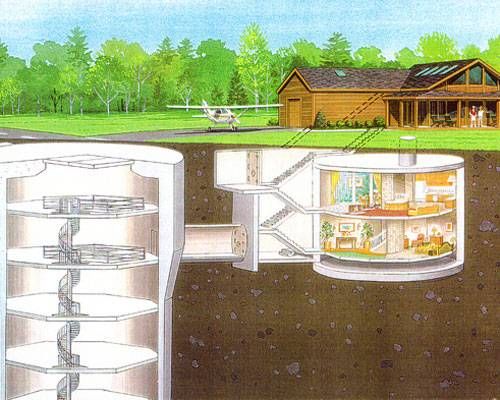
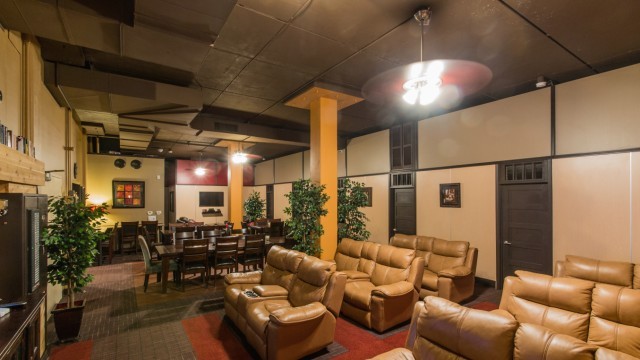
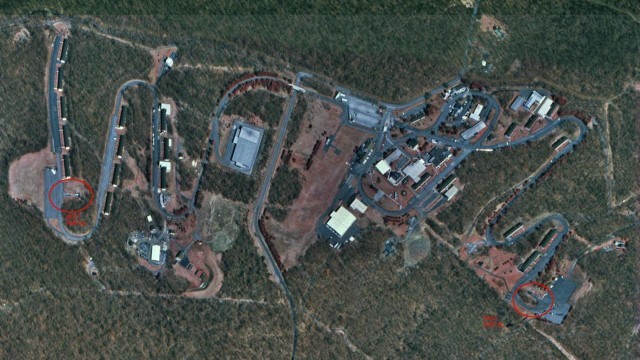
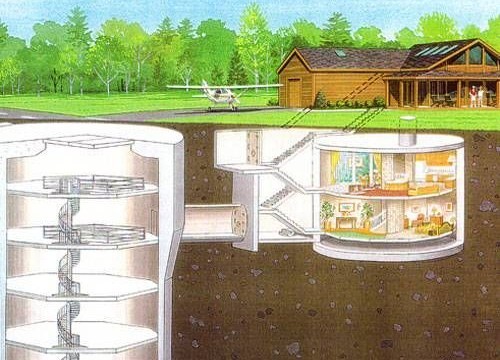
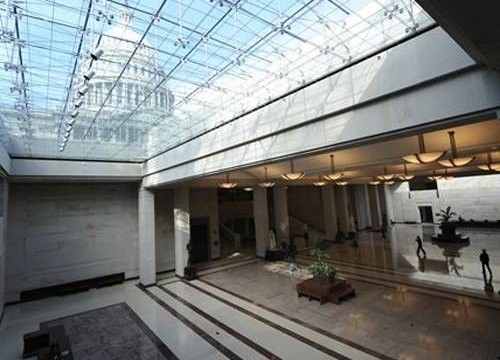
Adrian Luna
Chris Bryant
Well, yeah. Location is your friend
Marcellina DeBoise
no place to go, just wait to die
Lo La